
Ship models or model ships are scale models of ships. They can range in size from 1/6000 scale wargaming miniatures to large vessels capable of holding people.

A model aircraft is a small unmanned aircraft. Many are replicas of real aircraft. Model aircraft are divided into two basic groups: flying and non-flying. Non-flying models are also termed static, display, or shelf models.

A velomobile ; velomobiel, velo, or bicycle car is a human-powered vehicle (HPV) enclosed for aerodynamic advantage and/or protection from weather and collisions. Velomobiles are similar to recumbent bicycles, pedal go-karts and tricycles, but with a full fairing and are not to be confused with purpose-built mobiles for racing or speed records fully faired vehicles with two wheels, generally called streamliners. Streamliners have set many speed and distance records.

A scale model is a physical model which is geometrically similar to an object. Scale models are generally smaller than large prototypes such as vehicles, buildings, or people; but may be larger than small prototypes such as anatomical structures or subatomic particles. Models built to the same scale as the prototype are called mockups.
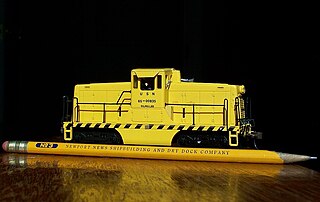
HO or H0 is a rail transport modelling scale using a 1:87 scale. It is the most popular scale of model railway in the world. The rails are spaced 16.5 millimetres (0.650 in) apart for modelling 1,435 mm standard gauge tracks and trains in HO.
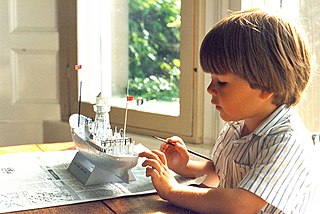
A plastic model kit,, is a consumer-grade plastic scale model manufactured as a kit, primarily assembled by hobbyists, and intended primarily for display. A plastic model kit depicts various subjects, ranging from real life military and civilian vehicles to characters and machinery from original kit lines and pop fiction, especially from eastern pop culture. A kit varies in difficulty, ranging from a "snap-together" model that assembles straight from the box, to a kit that requires special tools, paints, and plastic cements.
Military miniaturism is a niche within the broader hobby of modeling focusing on military subjects. It is itself a rather broad subject, dealing with any scale model of military theme. It has an ever growing range of sub-hobbies, including scale figure modeling, armour modeling, model ship building, military aviation modeling, and historical wargaming.
Model military vehicles range in size and complexity; from simplified small-scale models for wargaming, to large, super-detailed renditions of specific real-life vehicles.
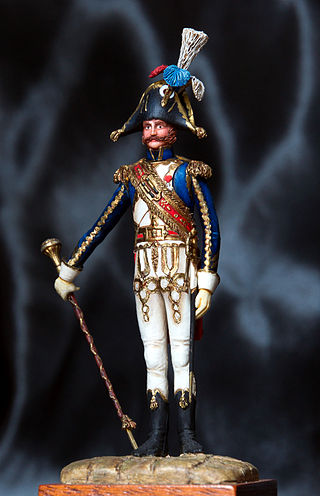
A model figure is a scale model representing a human, monster or other creature. Human figures may be either a generic figure of a type, a historical personage, or a fictional character.
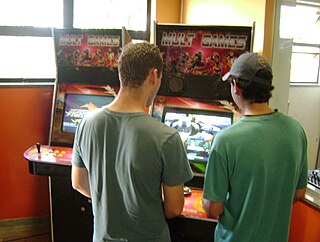
An arcade cabinet, also known as an arcade machine or a coin-op cabinet or coin-op machine, is the housing within which an arcade game's electronic hardware resides. Most cabinets designed since the mid-1980s conform to the Japanese Amusement Machine Manufacturers Association (JAMMA) wiring standard. Some include additional connectors for features not included in the standard.

Matchstick models are scale models made from matches as a hobby. Regular matches are not used, however, but a special modeling type which do not have the combustible heads, and can be bought from art and craft shops. Though before the serial production of these, actual matches were used with heads trimmed off, or kept on to add coloured detail.

A greeble, or "nurnies", is a part harvested from plastic modeling kits to be applied to an original model as a detail element. The practice of using parts in this manner is called "kitbashing".

Model building is a hobby and career that involves the creation of physical models either from kits or from materials and components acquired by the builder. The kits contain several pieces that need to be assembled in order to make a final model. Most model-building categories have a range of common scales that make them manageable for the average person both to complete and display. A model is generally considered physical representations of an object and maintains accurate relationships between all of its aspects.

A radio-controlled aircraft is a small flying machine that is radio controlled by an operator on the ground using a hand-held radio transmitter. The transmitter continuously communicates with a receiver within the craft that sends signals to servomechanisms (servos) which move the control surfaces based on the position of joysticks on the transmitter. The control surfaces, in turn, directly affect the orientation of the plane.
Miniature conversion refers to the practice of altering the appearance of a miniature or model so as to deviate from the standard version purchased in a boxed set.

A custom-built or homebuilt computer is a computer assembled from available components, usually commercial off-the-shelf (COTS) components, rather than purchased as a complete system from a computer system supplier, called pre-built systems.
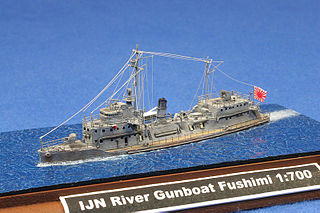
Scratch building is the process of building a scale model "from scratch", i.e. from raw materials, rather than building it from a commercial kit, kitbashing or buying it pre-assembled.
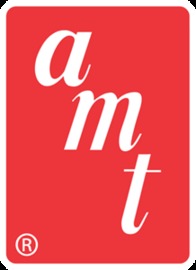
Aluminum Model Toys (AMT) is a toy manufacturing brand founded in Troy, Michigan, in 1948 by West Gallogly Sr. AMT became known for manufacturing 1/25 scale plastic automobile dealer promotional model cars and friction motor models, and pioneered the annual 3-in-1 model kit buildable in stock, custom, or hot-rod versions. The company made a two-way deal in 1966 with Desilu Productions to produce a line of Star Trek models and to produce a 3/4 scale exterior and interior filming set of the Galileo shuttlecraft. It was also known for producing model trucks and movie and TV vehicles.
Homebrew is an amateur radio slang term for home-built, noncommercial radio equipment. Design and construction of equipment from first principles is valued by amateur radio hobbyists, known as "hams", for educational value, and to allow experimentation and development of techniques or levels of performance not readily available as commercial products. Some items can be home-brewed at similar or lower cost than purchased equivalents.
Gundam Plastic models, Gundam Plamo, or Gunpla are model kits depicting the mecha machinery and characters of the fictional Gundam multiverse by Bandai.
















